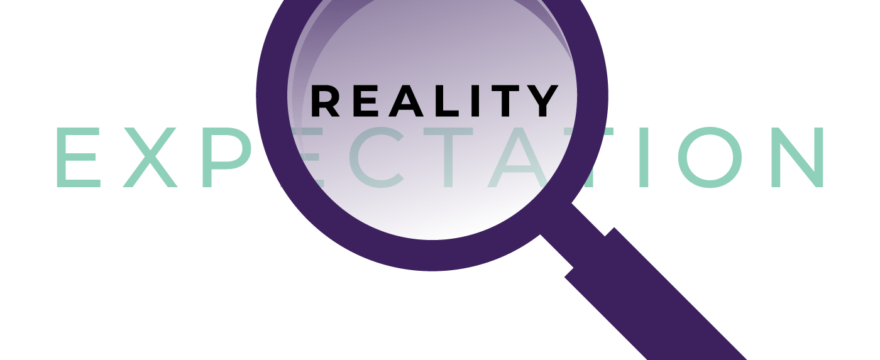
The Canadian government offers numerous programs that are designed to encourage businesses of all sizes and types to embrace the innovation that is necessary to keep the country moving forward. One of them, the Scientific Research and Experimental Development (SR&ED) Tax Credit Program, has long been plagued with misconceptions that mar the understanding of the program’s expectation and its reality. These inaccuracies can make businesses reluctant to take advantage of the program — a decision that is tantamount to throwing money away.
Expectation #1: Only Tech Companies Qualify
One of the most common expectations regarding the SR&ED Program is that a business must be focused on the tech industry to qualify for the tax credits.
Reality #1: The fact is that nearly any Canadian-controlled private corporation (CCPC) is eligible to receive an investment tax credit (ITC) based on the qualified expenditures that are used to carry out R&D activities within the country. According to the Canada Revenue Agency (CRA), work that advances understanding in technology or science, that addresses uncertainty in these areas and that is carried out systematically by employees who are qualified to do so, could qualify for generous tax incentives.
Expectation #2: R&D Activities Must Be Successful
This second expectation is another one that is common but is also false. It even makes sense because why would the government provide tax incentives for activities that were not successful.
Reality #2: The reality is that as long as a company plans, executes and documents its R&D efforts and is attempting to work toward a new breakthrough, it is likely that the activities qualify for the SR&ED Program. It is essential that any R&D work that a business might want to use to apply for tax credits is undertaken with a clear goal in mind, executed in an orderly manner and that each element is clearly documented.
Expectation #3: It Takes Years to See the Money
The expectation that it could take a business years to see any money associated with SR&ED benefits is a valid one. After all, the CRA must carefully comb through and review thousands of such applications — a process that can become backlogged quickly.
Reality #3: The reality is that if a business qualifies for an SR&ED refund, it is possible to start benefiting from the money during that same fiscal year rather than waiting for CRA approval. Easly can approve qualified companies for financing so they can benefit from it in as little as two weeks.
Because of the uncertainty of the process, many companies of all sizes hire an experienced SR&ED consultant to help them navigate the process. Doing so can help ensure success from the beginning.
Contact Us
Contact us for more information about SR&ED or our Capital-as-a-Service offering.
.png)
.png)
.png)
